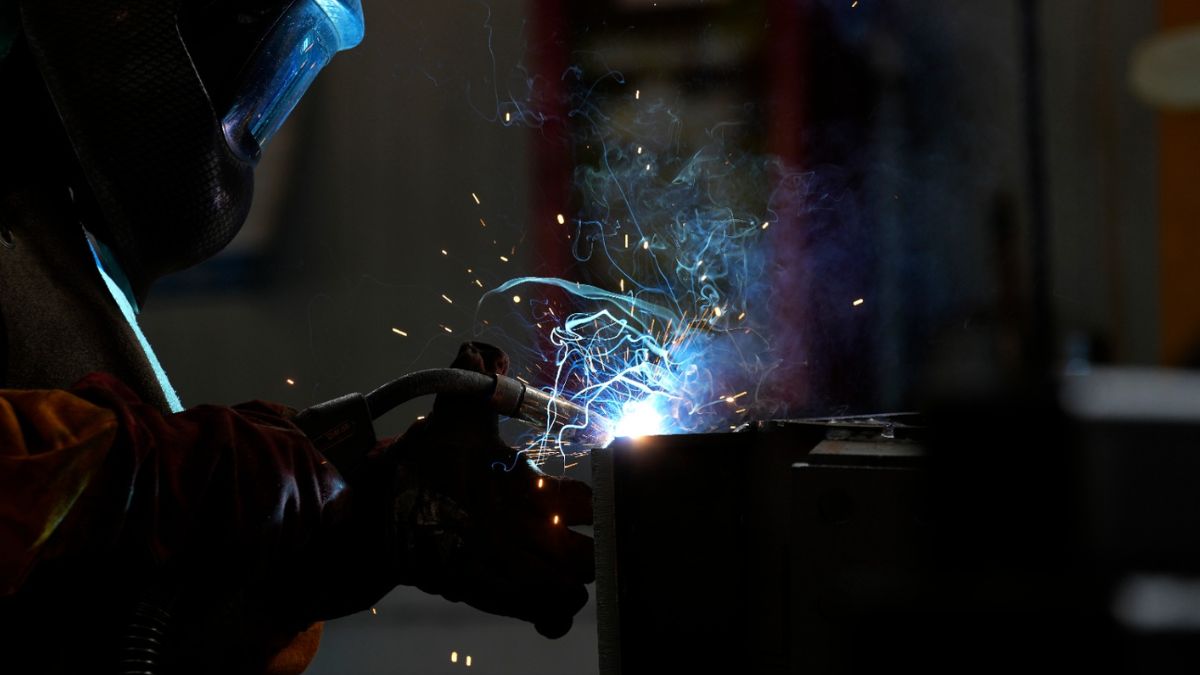The European Union on Tuesday proposed a sweeping overhaul of its steel import policy, cutting its tariff-free quota by nearly half and introducing a 50% tariff on imports exceeding the new 18.3 million-ton limit. The move, which doubles the current 25% rate, will affect major exporters such as China, India, Turkey and the United Kingdom. Neighbouring countries including Norway, Iceland and Ukraine would be exempt.
The proposal aims to strengthen Europe’s traditional steelmakers by curbing the influx of cheap imports diverted from markets hit by American tariffs earlier this year. Under the plan, steel importers must clearly declare where the products were melted and poured, while a complex quota system would govern entries into the EU’s common market.
The proposal replaces the existing steel safeguard policy, aligned with World Trade Organization rules, which is due to expire in June 2026. European Commission President Ursula von der Leyen said, “A strong, decarbonised steel sector is vital for the European Union’s competitiveness, economic security and strategic autonomy. Global overcapacity is damaging our industry.”
The European Parliament and the European Council will now review and vote on the proposal, which may also require consultations with the WTO to assess its implications for member countries. In 2024, the EU exported 77 billion euros ($89.7 billion) worth of steel and imported 73.1 billion euros ($85.2 billion), according to Eurostat. The European Steel Association estimates global steel overcapacity at around 602 million tonnes — nearly four times the EU’s total annual consumption.
Judith Kirton-Darling, general secretary of IndustriAll Europe, emphasised the urgency of action, stating that the steel sector “is at breaking point.” Stéphane Séjourné, the European Commission’s executive vice president for industrial strategy, described the plan as “the new safeguard clause on steel” and “the reindustrialisation of Europe.”
Impact Shorts
More ShortsUK fears ‘existential threat’ to its steel sector
The announcement has alarmed Britain, where the trade body UK Steel warned that the proposed cut would “spell disaster” for the already struggling industry. More than three-quarters of British steel exports currently go to the EU.
“This is perhaps the biggest crisis the UK steel industry has ever faced,” said UK Steel Director-General Gareth Stace, urging the government to secure country-specific quotas through negotiations with Brussels. He cautioned that the EU’s move could also flood the UK market with redirected steel from countries hit by tariffs, potentially crippling domestic producers.
Prime Minister Keir Starmer confirmed that discussions with the EU were under way. “I’ll be able to tell you more in due course but we are in discussions, as you’d expect,” he said.
Britain’s once-dominant steel industry now represents just 0.1% of the national economy. Thousands of jobs are at risk at the Port Talbot steelworks in Wales, where Tata Steel is restructuring operations to make the site leaner and greener.
The trade union Community described the EU’s plan as “an existential threat,” with Assistant General Secretary Alasdair McDiarmid warning that a trade war “would be incredibly damaging for everyone involved, with workers in the UK and Europe paying the heaviest price.”
Steel remains a foundational European industry, employing about 300,000 people across 20 of the EU’s 27 member states. The sector has lost roughly a quarter of its workforce over the past two decades. The EU itself originated from the 1951 European Steel and Coal Community, which united Luxembourg, Italy, France, the Netherlands, West Germany and Belgium.
Although the United States and the EU maintain a tentative trade agreement, they are still working toward coordinated measures for key sectors like steel, wine and whisky. EU trade representative Maroš Šefčovič said the new steel tariffs and quotas would be discussed at the upcoming Group of 20 trade ministers’ meeting in South Africa on Friday.
(With agency inputs)
)